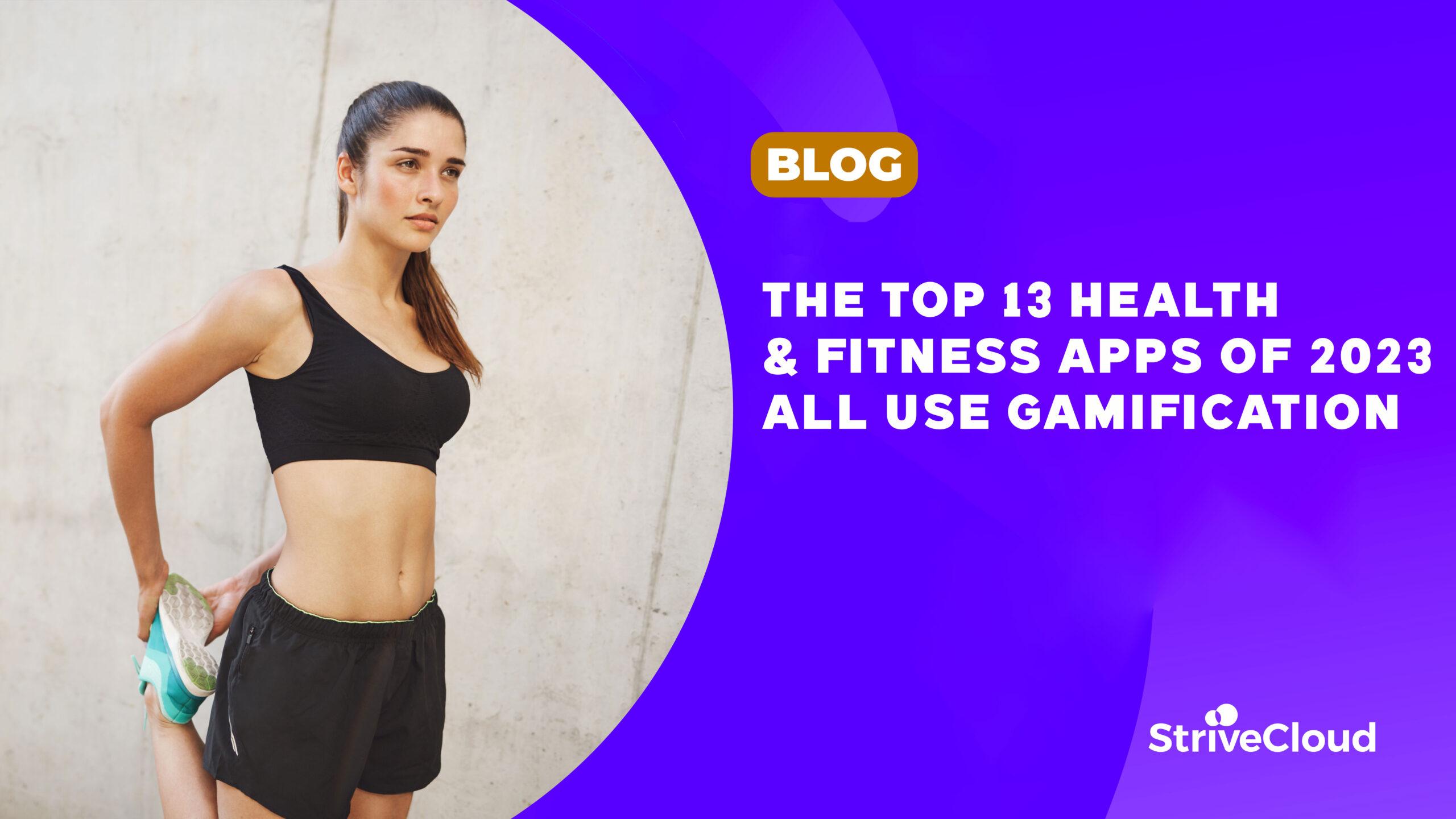

3 leading examples from brands on how gamification lifts app engagement
3 leading examples from brands on how gamification lifts app engagement
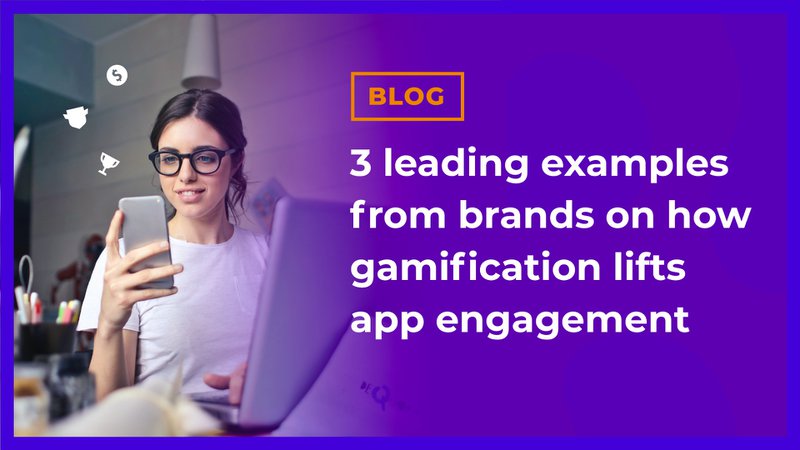
This image illustrates how gamification elements can be integrated into mobile applications to boost user interaction and retention.
The importance of apps in commerce grows each year. Take Nike, whose CEO expects digital sales to make up 50% of total revenue by 2023. By contrast, Nike’s original goal was just 30%. What did Nike do to create such rapid mobile app engagement?
Studies show that game elements like reward systems increase brand engagement in three ways: emotional, cognitive, and social. Meaning, gamification positively affects consumer engagement. That’s good! Because acquiring new customers can cost 5 times more than retaining existing ones!
So how do brands use gamification to create customer value? In this article, we’ll explore some leading examples of gamification:
- The psychology behind gamification
- How Nike Fuel keeps runners motivated
- Urban Sports Club’s remarkable reward system
- Target’s Christmas wishlist setting a gamification example
The psychology behind gamification
Gamification is the strategic use of game elements and psychology in a non-game context. Gamification platforms can increase mobile app engagement by a whopping 47%. They do so by using game-like features such as leaderboards, progress bars, and badge reward systems to make the user experience fun and satisfying.
Essentially, you provide users with two types of motivation.
First, you have extrinsic motivation, which is triggered by rewards. Here, we are motivated because there is something to win. Studies show that while extrinsic motivation is often the initial driver of engagement, it does not achieve long-term user retention. Sure, people might enter your giveaway, but leave immediately once they found out they didn’t win anything.
New to gamification? Check out our ‘What is Gamification’ page!
On the other hand, there is what behavioral scientists call intrinsic motivation. This is the internal drive to take action towards a specific goal because you enjoy the journey in itself. It relies more on emotions and desires than rationality. However, intrinsic motivation is something you need to build up over time. That’s why you need a good mix of both types of motivation to keep users going.
The more users engage with your app, the higher their motivation and user retention will be. Even a small increase in mobile app engagement can reap rewards – did you know that a 5% rise in user retention can boost profits up to 95%?
A successful gamification example is the Delhaize app. 2/3 of sales are generated through the app loyalty card. This is 24% higher than the previous year! So how do big brands leverage gamification to win?
How can gamification work for me? Get a free consultation and we’ll show you how it works!
Let’s explore some gamification examples from brands like Nike, Urban Sports Club and Target.
How Nike Fuel keeps runners motivated
Nike Fuel tracks users’ physical activity to help them exercise better. To keep users motivated, the app fulfilled the need to socialize. Although the product was withdrawn from the market in 2018, it is still a powerful example of gamification at work. This is why.
Besides well-known gamification features like timed challenges, competitions, and leaderboards Nike Fuel connected with a range of other apps such as Spotify, Apple Music, and more.
One of those apps is Zombies, Run! This viral running app plays audio missions set during the zombie apocalypse that motivate you to exercise. Here’s the genius part: you can tag in running partners to join your missions! The app makes running exciting and fun, increasing mobile app engagement and customer loyalty for Nike also.
By developing an app that supports a healthy lifestyle, Nike got to collect high amounts of relevant data on their users – leading to more informed marketing, better customer service, and a personalized customer experience. The app also had built-in recommendations on new sports clothing based on logged activities. As a result, app users spent up to 3 times more than non-app users! Talk about loyalty.

This Nike ad campaign visualizes the intersection of fitness, community, and technology that made their app ecosystem so successful.
Urban Sports Club’s remarkable reward system
Urban Sports Club offers a range of exercise classes for a flat rate. The brand released an interactive ad with an excellent example of gamification. They created a rock climbing game where the leaderboard’s top 3 users would win the prize of a 90-day contract.
The engagement was high – a majority of users played the game 3 times, with the leaders playing nearly 25 times! The reason these campaign works is that the reward system triggers the human need to achieve. The leaderboard encourages competition and it’s has a clear goal: reach the top of the climbing wall!
Gamified apps like this create customer value by utilizing a reward system. The potential reward and fun customer experience encouraged engagement and lead generation. As a result, organic traffic to their website shot up 39% and the campaign had a 45% lower cost per click.
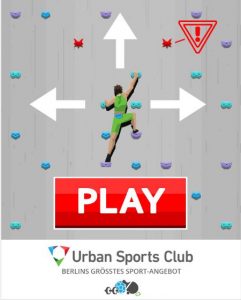
The screenshot from Urban Sports Club's interactive ad shows how a game-like challenge with a clear leaderboard can drive high levels of user engagement.
Target’s Christmas wishlist setting a gamification example
Target, one of the USA’s biggest retailers, developed a ‘Holiday Wish’ app for the festive season. Through the app, kids could send digital wish lists to Santa. After that, parents would receive the lists and have the option to instantly order from the list. In the end, the average value of wishlists came in at a hefty $1,500.
Mobile app engagement skyrocketed – 61% used the app weekly, and 31% engaged multiple times per day. All in all, the app generated over 75,000 downloads and 100,000 wish lists. That equals a sales potential of $92.3 million!
Don’t be just another app. Set yourself apart with our app gamification software!
What makes this app a powerful gamification example is how playful and accessible it is to use. Children view the item catalog through an augmented reality platform, and, if chosen, the items are ‘sucked into a tube’ and sent to their ‘Wish List Headquarters’. Fun features like this increase app retention and optimize the customer experience.
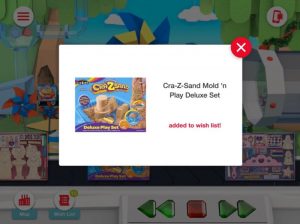
Target's 'Holiday Wish' app interface demonstrates how augmented reality can create a playful and immersive experience for users, turning wish lists into a fun activity.
Recap
Digital sales in commerce are on the rise. In Belgium, Delhaize already achieves 66% of all sales through their mobile app. Besides generating sales, increased mobile app engagement improves brand equity. The longer a customer engages with your brand, the more willing they are to purchase – even more than the weekly new active customers.
Gamifying your customer app can help you reap the rewards of long-term app engagement. It does so by adding game-like elements throughout the user journey, to increase motivation and provide a satisfying user experience.
So how do leading brands use gamification to their advantage?
Nike Fuel achieved increased user retention by building an app around fitness. By doing so they gathered a ton of insightful data. The result? A jump in Nike customer loyalty.
Urban Sports Club took the approach of a rock climbing game with a prize reward system. This gamified campaign led to a 39% surge in organic traffic at 45% lower cost-per-click.
Target created a festive wishlist app for kids. The app saw 75,000 downloads and created a sales potential of $92 million.
By focusing on creating customer value, Nike, Urban Sports Club, and Target all managed to stand out from the basic and boring loyalty apps. Their gamified approach allowed them to create more personalized and fulfilling experiences with every user interaction. So, now that you know how the big brands do it, what are your next steps going to be?

This call-to-action is a great next step for exploring how gamification can be applied to your own projects.
Related Posts
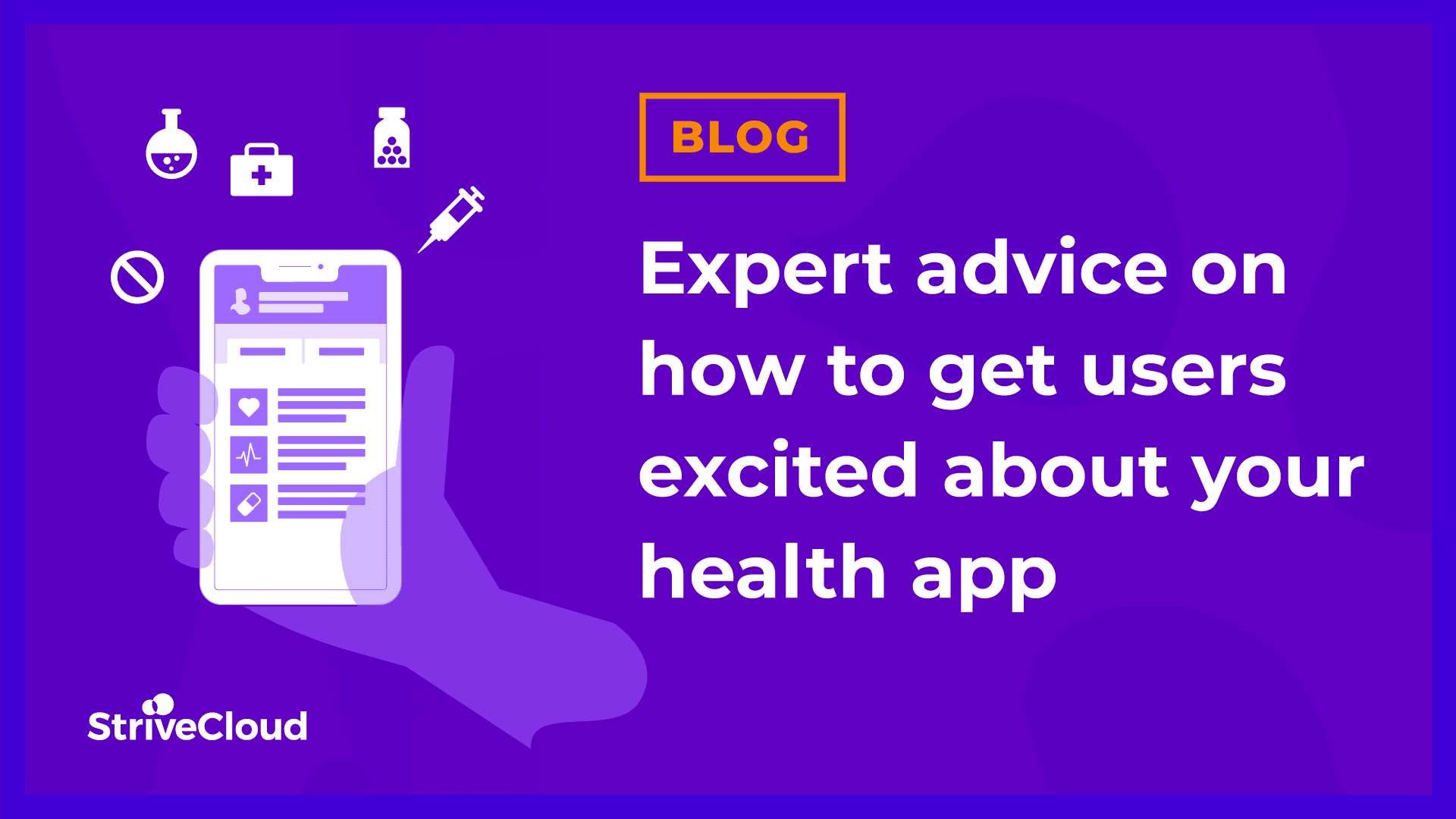
Expert advice on how to get users excited about your health app
Health apps will make a huge difference in our lives. Next to giving patients more autonomous treatment, it will help to improve general health. With fitness trackers, calorie trackers, or even medication reminders, everyone will get a personal health assistant on their phone. The only problem? Low user motivation and a shortage of data. When people aren't engaged enough, they won't get as much value from the app. Luckily, gamification can shift the tides. Check out the full post to find out how!


